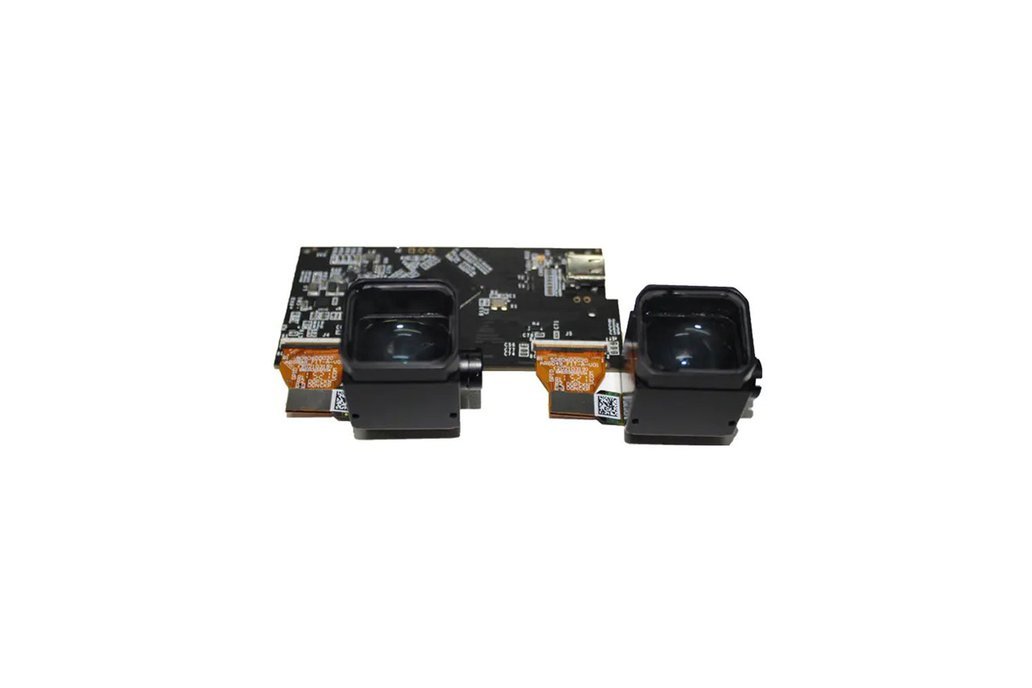In today’s fast-paced world of digital cameras and wearable tech, clarity and compact design matter more than ever. One solution leading this change is the EVF optical module. EVF stands for Electronic Viewfinder, and when combined with advanced optical design, it offers users a high-resolution viewing experience in a small, lightweight form.
Whether you’re using a camera, AR/VR headset, or a smart wearable, this module allows users to preview visuals with better brightness, contrast, and real-time accuracy. This article will explore what EVF optical modules are, how they work, and why they are crucial for modern devices.
What Is an EVF Optical Module?
An EVF optical module is a component that includes a small display screen, lenses, and mirrors, arranged to deliver a live image directly to the user’s eye. It is commonly used in:
- Digital cameras
- AR/VR smart glasses
- Military and industrial optical devices
- Binoculars and handheld vision tools
Instead of using traditional optical viewfinders with mirrors or pentaprisms, an EVF optical system uses digital displays, often OLED or micro OLED, for real-time viewing.
How the EVF Module Works
The module consists of three major parts:
- Micro Display Panel (OLED or LCD): This panel generates the live image from the camera or sensor.
- Collimating and Relay Lens: These lenses magnify the display and provide a clear view.
- Prisms or Mirrors: Some modules use mirrors to guide the light path for better focus and image alignment.
The result is a crystal-clear live view that allows users to see exactly what the sensor is capturing—before taking a photo or during live use.
You can find the EVF optical module in many professional and consumer-grade devices that require real-time optical feedback in a compact form.
Benefits of EVF Optical Modules
1. Real-Time Image Display:
You see what the camera sees, with real-time exposure, color, and focus preview.
2. Compact and Lightweight:
Unlike traditional optical systems, EVF modules are smaller, making the overall device lighter and more portable.
3. Better Visual Control:
EVFs offer features like focus peaking, histograms, and digital zoom—tools that help improve shot quality.
4. High Brightness and Clarity:
With advanced OLED displays and lens systems, users get bright, sharp images even in outdoor or low-light conditions.
5. Power Efficient:
Many modules are designed to use minimal power, helping extend device battery life.
Where They Are Used
EVF optical modules are used in various fields:
- Photography & Videography: For high-end digital cameras and camcorders
- AR/VR Devices: Lightweight, wearable optical systems
- Industrial Systems: Machine vision, robotic eyes, and inspection devices
- Tactical Equipment: Helmet-mounted and handheld vision tools
As more industries shift toward compact, smart systems, the EVF module becomes a necessary part of optical engineering.
Conclusion
The EVF optical module has become a key element in today’s digital visual systems. With its ability to deliver real-time, high-resolution imagery in a small form, it’s ideal for modern imaging needs. Whether used in cameras or wearable displays, it provides the perfect blend of performance and portability.
If you’re working with or developing imaging technology, this compact module should definitely be on your radar. Its flexibility, image quality, and lightweight design make it one of the most valuable tools in the optical world today.
